When it comes to the post-spay period, think of the cone as a steadfast guardian, ensuring your dog’s recovery journey stays on the right path.
But just how long should your furry friend be donning this protective gear? The answer isn’t always straightforward.
There are several essential guidelines and considerations to keep in mind, from the healing progress of the incision site to your dog’s behavior.
Understanding these factors will help you navigate the crucial decision of how long your dog should wear the cone after spay, ultimately contributing to a smooth and successful recovery.
Key Takeaways
– The duration of cone wear after spay surgery varies depending on factors such as the dog’s age, behavior, and underlying health conditions.
– It is important to provide a comfortable living environment for the dog during the recovery period to help alleviate cone discomfort and promote proper healing.
– Mental stimulation, regular exercise, and positive reinforcement training techniques can help the dog cope with wearing the cone.
– There are alternative collar options available, such as inflatable collars, neck collars, and surgical recovery suits, which may provide increased mobility and comfort for the dog. Consultation with a veterinarian is recommended to determine the most suitable alternative option.
Purpose of Cone After Spay
After spaying, the purpose of the dog cone is to provide essential protection for the surgical area and to prevent your dog from licking or biting the incision. This is crucial for the healing process, as licking or biting the incision site can lead to complications such as infection or the opening of the wound.
The cone, also known as an Elizabethan collar, ensures that your dog’s sutures remain intact and undisturbed, allowing for proper healing. Additionally, it serves as a physical barrier to prevent your dog from coming into contact with the surgical area, which is vital for a safe and successful recovery after spay surgery.
Factors Affecting Duration of Cone Wear
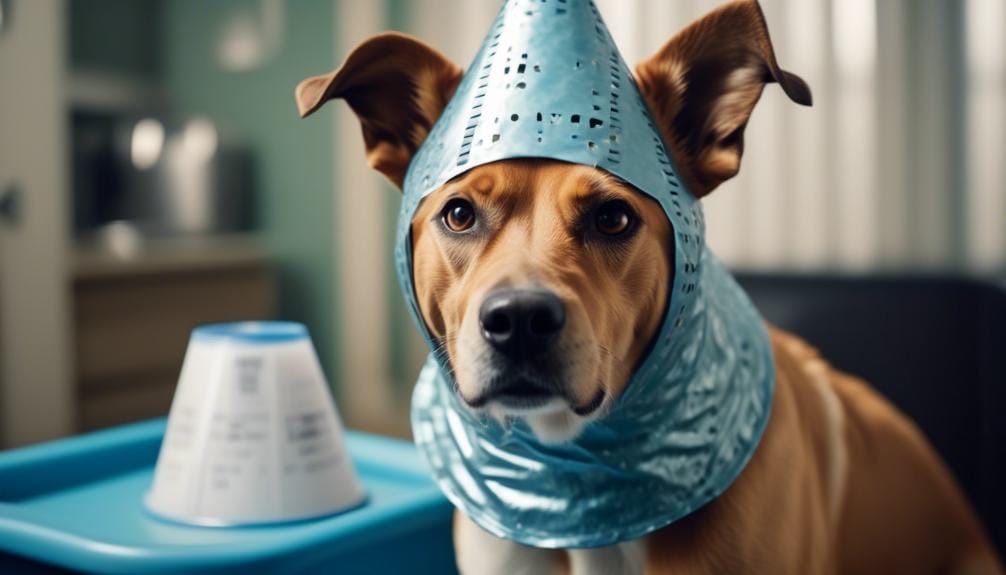
When determining how long your dog should wear the cone after spaying, several factors come into play that can impact the duration of cone use. Consider the following:
– Age of the dog: Younger dogs tend to heal faster, so they may need to wear the cone for a shorter duration.
– Dogs’ temperament and behavior: Active dogs or those prone to scratching at the incision site may require an extended period of cone wear to ensure proper healing.
– Veterinarian’s recommendation: Your vet’s advice is crucial. Always follow their guidelines regarding the duration of cone use for your dog’s specific situation.
– Your ability to supervise: If you can closely monitor your dog to prevent them from licking or chewing the incision site, the cone duration might be shortened.
– Health conditions: Dogs with underlying health issues may have a prolonged healing process, necessitating an extended period of cone use for optimal incision care and recovery.
Understanding these factors will help you determine the appropriate duration for your dog’s cone wear after spaying, ensuring a smooth and successful healing process.
Canine Behavior Considerations
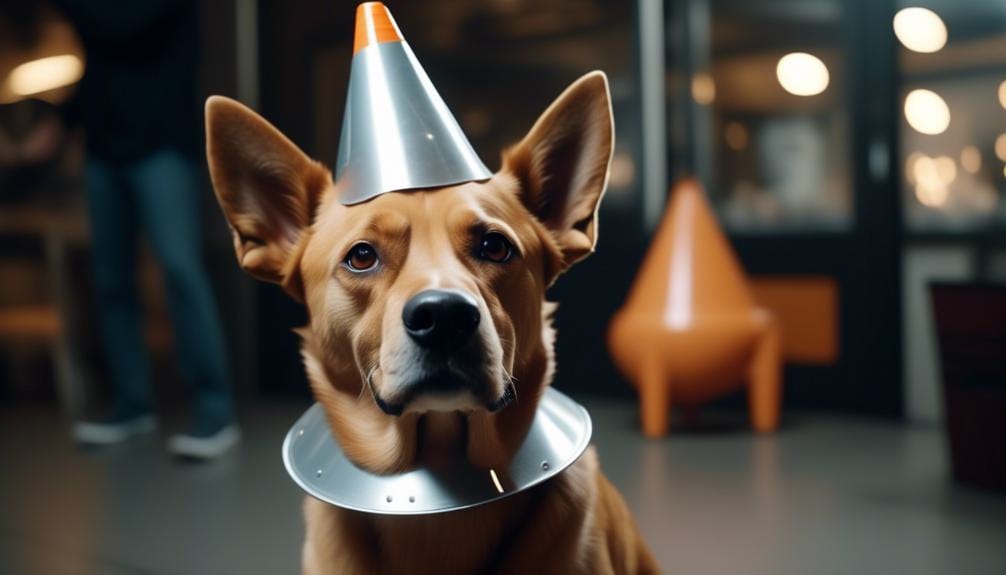
Consider how your dog’s natural instincts and need for companionship and socialization influence their behavior after spay surgery.
Your dog’s behavior may change due to the discomfort caused by the cone, which can restrict movement, eating, drinking, and social interactions. It’s crucial to create a comfortable living environment and provide mental stimulation to help your dog cope during the recovery period.
Regular exercise and positive reinforcement training techniques can also contribute to their behavior. Recognizing stress signals and monitoring for signs of discomfort is essential for their well-being.
Additionally, understanding the impact of the cone on your dog’s visual perception and adjusting collar usage based on their individual behavior is important. Remember to consult your veterinarian if you notice any concerning changes in your dog’s behavior, as they can provide guidance on managing their recovery.
Alternative Collar Options
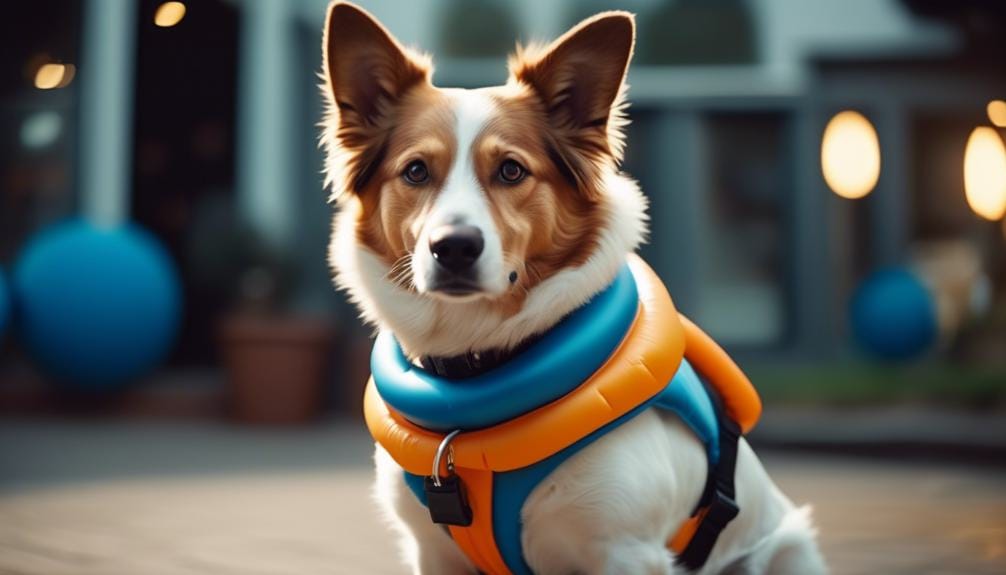
For a more comfortable and less restrictive option than the traditional plastic cone, consider using soft collars as an alternative for your dog’s post-spay recovery. Soft collars provide a delicate alternative to traditional plastic cones, offering a more comfortable experience for your furry friend.
Here are some alternative collar options to consider for your dog’s healing process:
– Inflatable collars: These collars offer increased mobility and visibility but aren’t meant for long-term use.
– Neck collars: Resembling a human neck brace, these are smaller and softer alternatives to traditional cones.
– Surgical recovery suit: This fabric covers most of the dog’s body, like a baby onesie, providing full coverage and comfort.
– Tips for making the cone more comfortable: Creating a cozy sleeping spot and using t-shirts or onesies to cover the surgical site can make the recovery process more comfortable for your dog.
When considering alternative collar options, it’s essential to consult your veterinarian for guidance on the most suitable choice based on your dog’s specific needs. By choosing the right alternative collar, you can help ensure a smoother and more comfortable healing process for your beloved pet.
Incision Site Monitoring
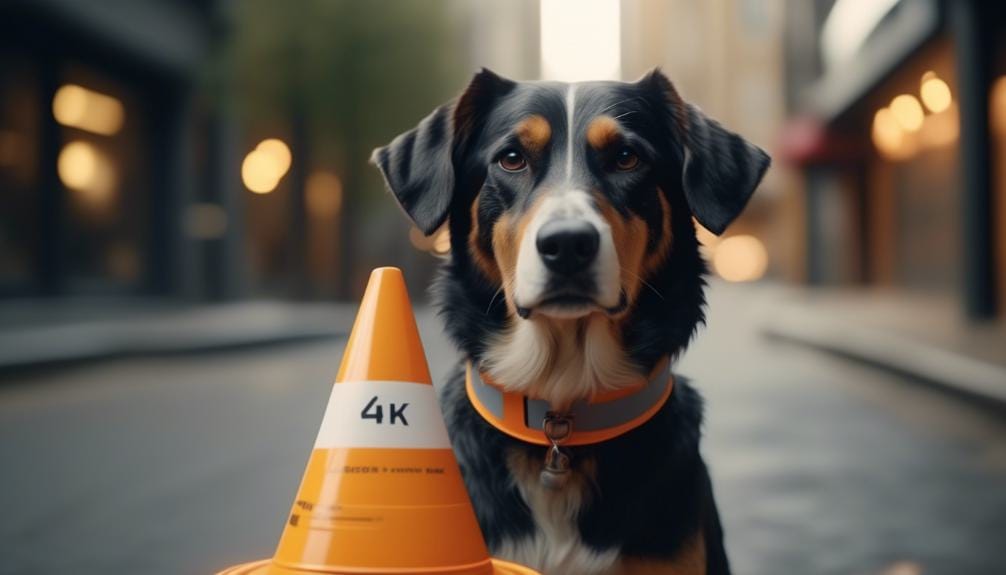
Regularly inspect the incision site to monitor for any signs of infection or issues as part of the post-spay recovery process for your dog. This is a crucial step in ensuring that your pet heals properly after the spaying surgery. Your veterinarian’s recommendations for incision site monitoring are essential for a smooth healing process. It is recommended to keep the incision clean and dry, following the specific instructions provided by your vet. Additionally, preventing your dog from excessive licking or biting the surgical site is vital. Here’s a helpful table summarizing the key aspects of incision site monitoring:
| Incision Site Monitoring | Tips |
|---|---|
| Inspect the incision daily | Check for signs of infection or issues |
| Clean the incision site | Follow vet’s instructions |
| Prevent licking and biting | Use collars or alternative options |
| Monitor for discomfort | Look for signs of irritation |
During the recovery period, it’s important to administer any prescribed medication and schedule follow-up visits as recommended by your veterinarian. By diligently monitoring the incision site and following these guidelines, you can help ensure a smooth and successful recovery for your furry friend.
Frequently Asked Questions
How Long Should a Female Dog Wear a Cone After Being Spayed?
After being spayed, your female dog should wear a cone for 10-14 days. Factors like healing progress and behavior influence the duration. It’s crucial for proper healing and to prevent licking or biting the incision site.
Can I Take My Dogs Cone off After 7 Days?
You can consider taking your dog’s cone off after 7 days, depending on their healing progress and behavior. Always consult with your vet for personalized advice. Keep a close eye on your dog during cone-free periods to prevent any accidents.
Can My Dog Lick His Incision After 14 Days?
After 14 days, your dog can still lick the incision, so keep the cone on until fully healed. It’s crucial for preventing complications. Even if the stitches are removed, consult your vet before ditching the cone.
Can My Dog Wear a Onesie Instead of a Cone?
Yes, your dog can wear a onesie instead of a cone after spay surgery. It provides comfort and prevents licking the incision area. However, consult your vet for recommendations, as each dog’s healing progress varies.
Conclusion
In conclusion, the duration of cone wear after a dog is spayed can vary, but it’s generally recommended to keep the cone on until the dog is fully healed, which is usually around 10-14 days after surgery.
It’s important to follow the veterinarian’s recommendation and monitor the incision site closely. While it may be tempting to remove the cone, it’s best to leave it on to prevent complications and ensure proper healing.


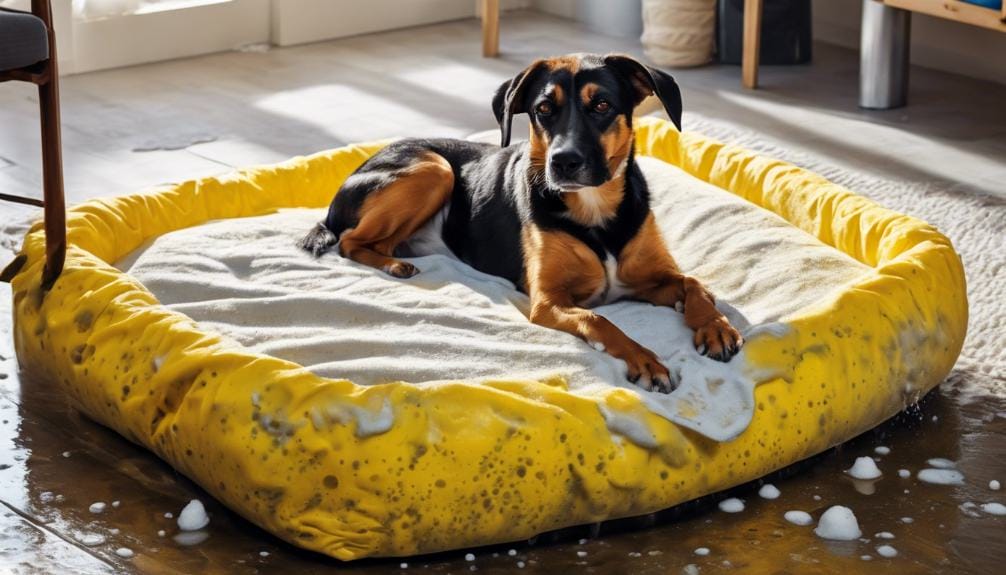
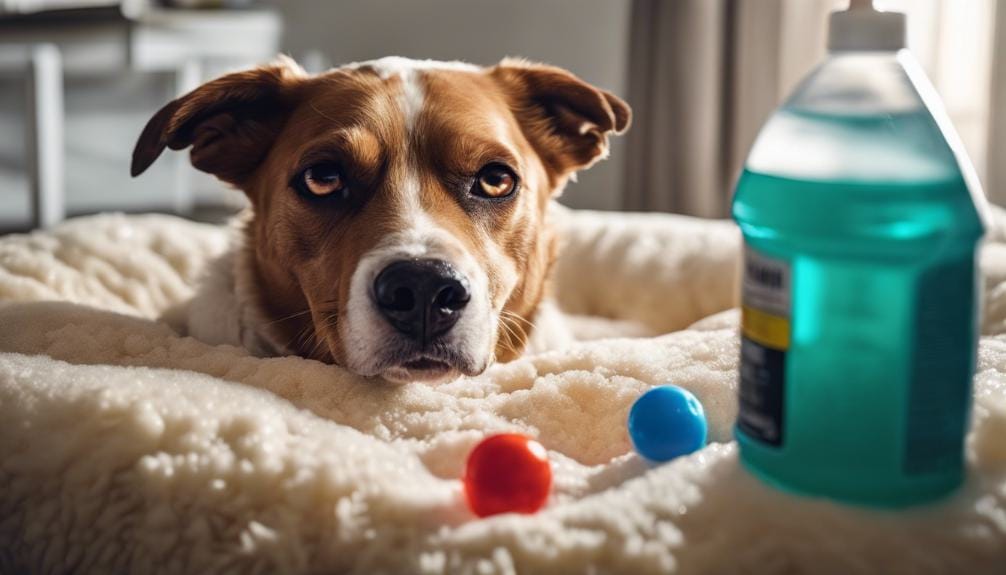
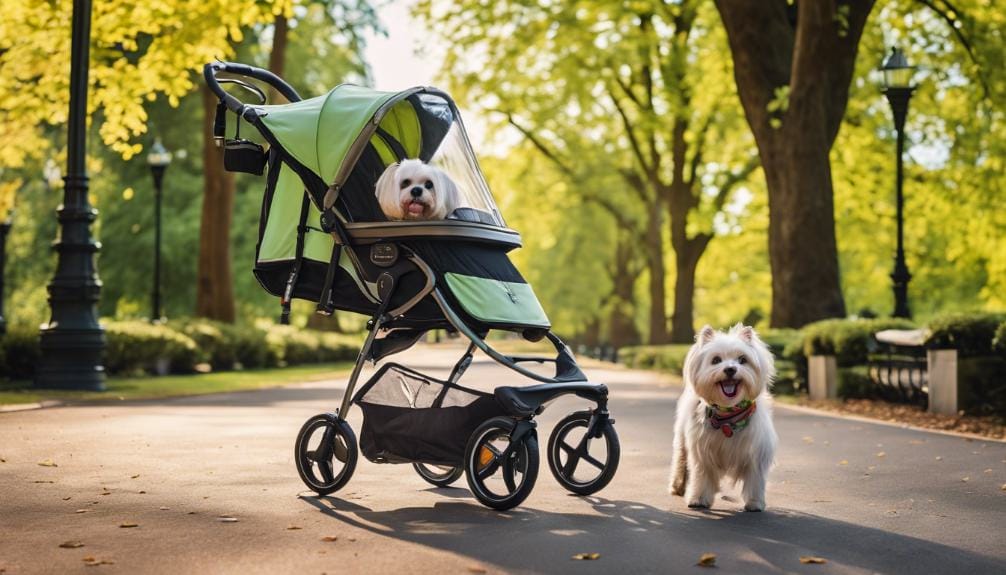
Leave a Reply
You must be logged in to post a comment.